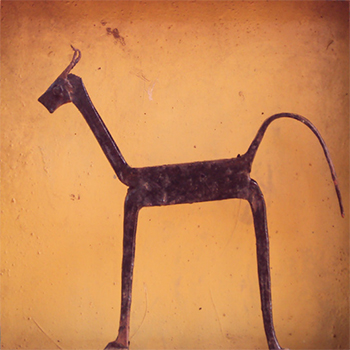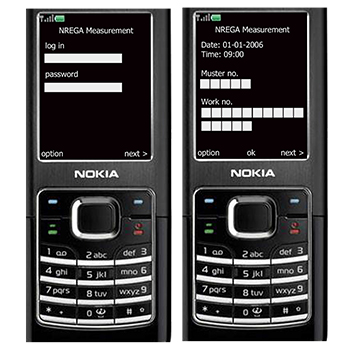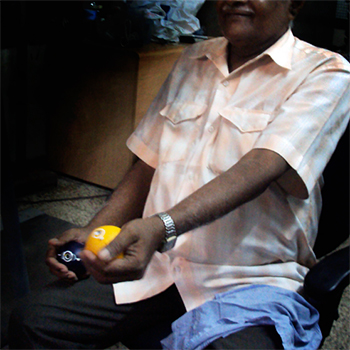The project aims to have designed interventions in the current system of a government scheme/act called NREGS/NERGA ( National Rural Employment Guarantee Scheme/Act ) in order to solve problems in the system. Design research done during the project identified several problems in the execution and usability of the current system. The scheme is made keeping an ideal scenario in mind and does not take care of many implicit situations. The beneficiaries' goal is not achieved and the other stakeholders are overburdened with work, resulting in improper working of the system. The inaccessibility of the NREGA webportal, the increasing magnitude of paperwork at each level for the executing officers, and poor record keeping fail the very purpose of the system. The impractical number of forms to be filled out by the programme officer leads to breakdown, resulting in many of them being left unfilled, which eventually effects the transparency of the job seeker or delay of work. These situations also open up possibilities for the manipulation of data. All the data/documentation on site and otherwise is first filled in registers/paper/forms before being uploaded onto the website, which creates lots of backlog on the site and double work for the people involved in uploading the data manually. The design solution will also help social auditors to get the data online of ongoing work and verify it on site; otherwise, in practice, it creates lots of problems for the social auditors to verify data. The final design solution tackles these problems at different levels in the following ways: 1) A kiosk-based system for job seekers to demand work as well as verify data on their job cards (i.e. information about work allotted and completed, as well as wage pay [1]). As job seekers fall into illiterate and semiliterate categories, the interface provides a graphical user interface made up of familiar shapes and images and assisted with voice. 2) The second part of the design solution is a computer-based data input system for the programme officer for allotment of work to job seekers, issue of online registers( muster& MB) for work to the Gram Sewak, and ordering the Gram Sewak to start work.



